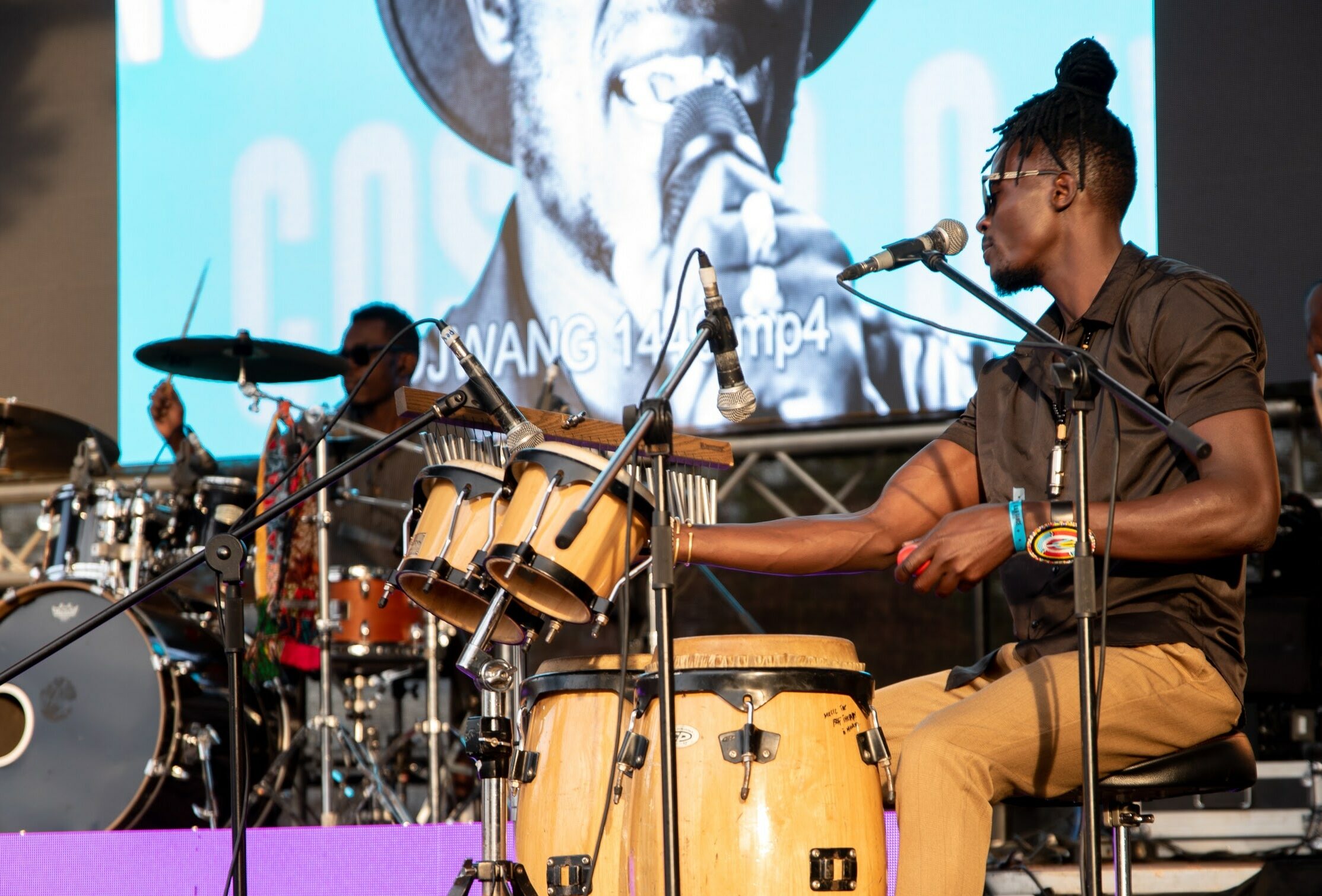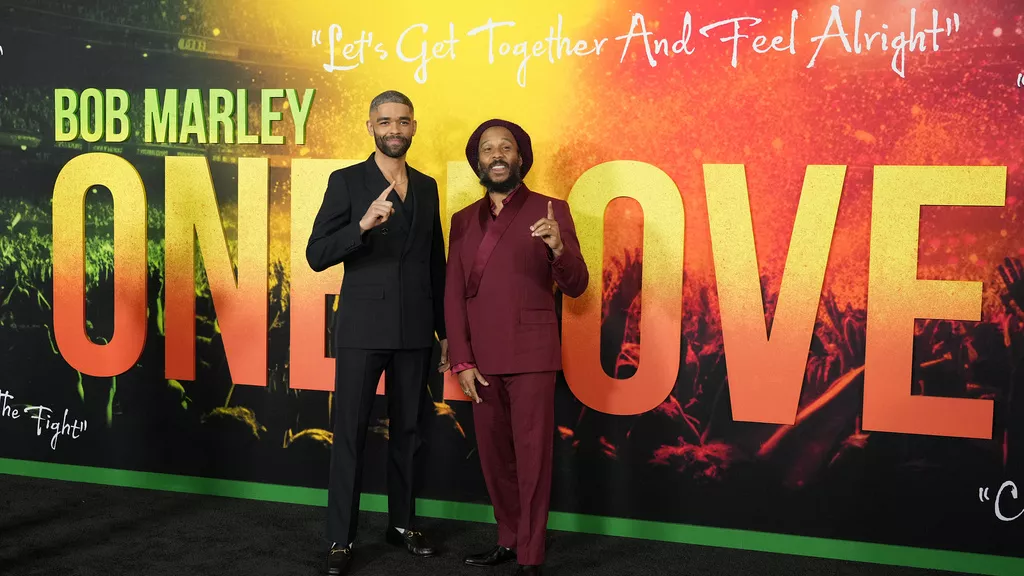Every year, on the day following Thanksgiving, shoppers across the United States eagerly await one of the biggest shopping events of the year – Black Friday. This tradition, which has been around for decades, marks the beginning of the holiday shopping season, and it’s a day when retailers offer incredible deals and discounts to lure in customers. We take a look at the history of Black Friday and the reasons behind its immense popularity.
Black Friday dates back to the 1950s, but it gained widespread recognition in the early 2000s. The term “Black Friday” was initially coined by police officers in Philadelphia to describe the chaotic and congested shopping traffic on the day after Thanksgiving. Over the years, it has evolved into an annual shopping extravaganza celebrated on the fourth Friday in November.
Read also: History of Thanksgiving: What you need to know about the feast

One of the primary reasons for the popularity of Black Friday is the irresistible discounts and special offers. Shoppers can find jaw-dropping deals on a wide range of products, from electronics and clothing to home appliances and toys. These deals attract a large crowd of bargain hunters who see an opportunity to save money on items they’ve wanted.
Black Friday is not just about incredible deals; it also offers a unique shopping experience. Many stores open their doors early in the morning or even late at night on Thanksgiving Day, and shoppers often line up outside the stores hours before they open.
READ ALSO: Kwanzaa, a Celebration of African Heritage to Brighten Your December Festivities
In addition to in-store shopping, the rise of online shopping has made Black Friday more accessible to a broader audience. Many retailers extend their Black Friday sales to their websites, allowing people to shop from the comfort of their own homes. This has led to the emergence of Cyber Monday, which takes place the Monday following Black Friday, with exclusive online deals.
Black Friday has become a cherished annual event for both shoppers and retailers. For shoppers, it’s an opportunity to buy gifts for loved ones at lower prices, get a head start on their holiday shopping, and even treat themselves to items they may have been saving up for. Retailers, on the other hand, use Black Friday to boost their sales and clear out inventory. The shopping frenzy and increased foot traffic help businesses increase their revenue and impact their yearly earnings.
Read also: What are some of the traditions that define Thanksgiving?

While Black Friday is undeniably a time of excitement and savings, it’s essential to remember that it can be overwhelming. The long lines, crowded stores, and sometimes aggressive shoppers can test one’s patience. To be prepared, it’s advisable to plan ahead, create a shopping list, and set a budget to avoid overspending.
In conclusion, Black Friday has become a cherished American tradition, signifying the start of the holiday shopping season. Shoppers eagerly anticipate this day to take advantage of the incredible discounts and experience the hunt for the best deals. Retailers also benefit from the increased sales and the opportunity to connect with customers. Despite its challenges, Black Friday remains a popular and exciting shopping event that brings people together.



